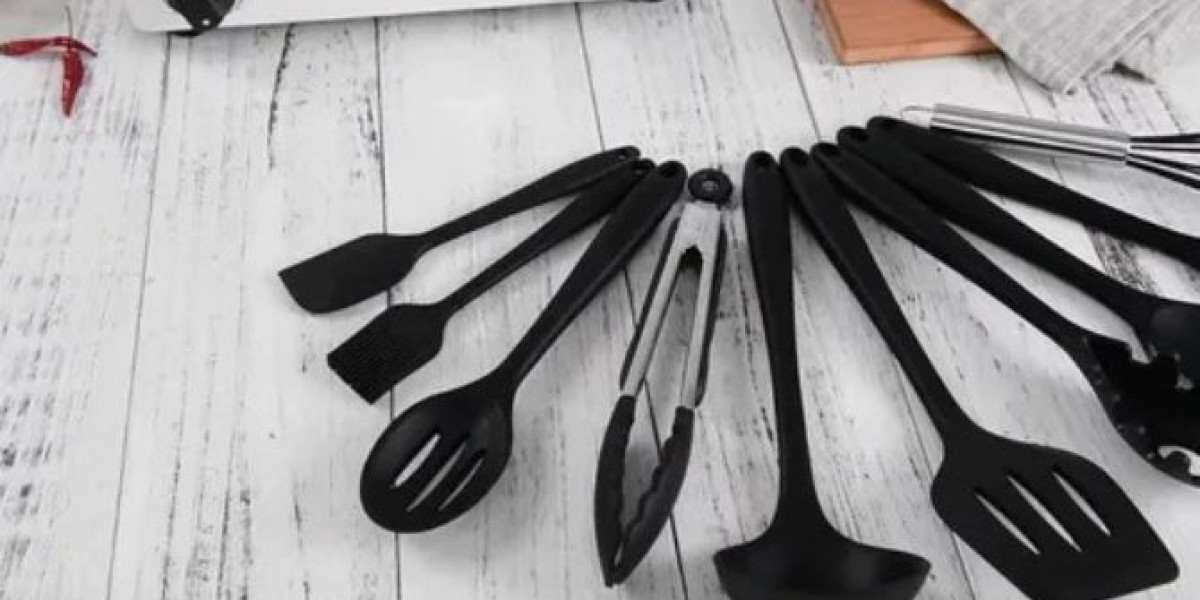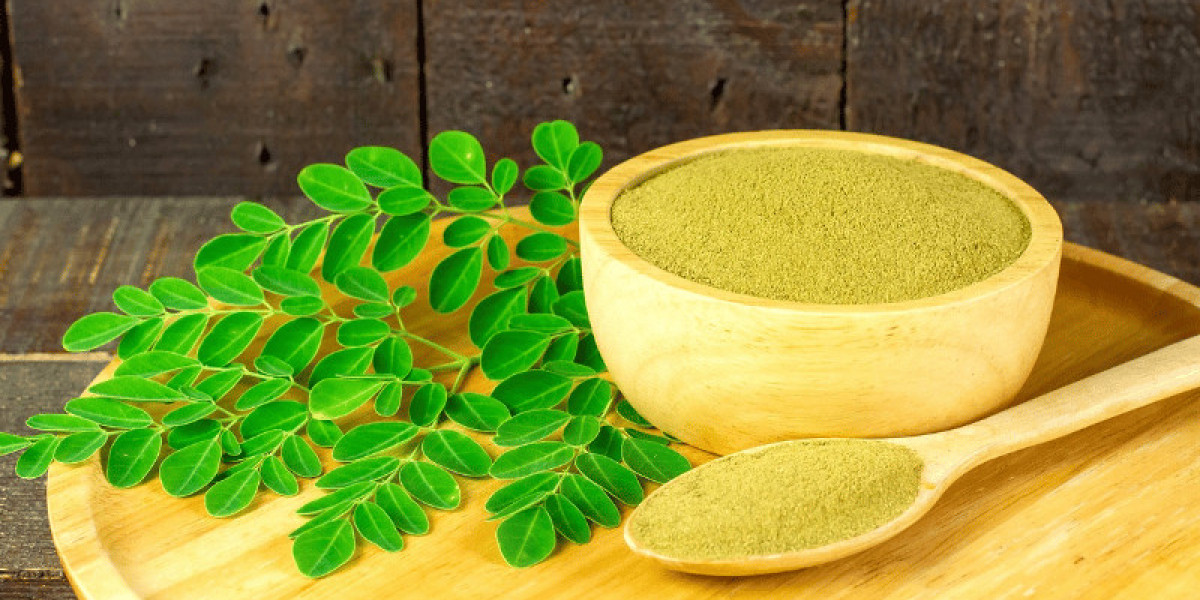In recent years, many home cooks have turned to silicone cookware for its convenience and versatility. Whether you're baking cupcakes or sautéing vegetables, silicone products offer a unique combination of flexibility, safety, and style. But with so many choices on the market, selecting the right items for your kitchen can be overwhelming. This guide walks you through essential factors to consider when choosing silicone cookware that fits your needs.
Understand the Benefits of Silicone Material
Silicone is a synthetic rubber made from bonded silicon and oxygen. Its popularity in kitchenware is due to several advantages:
Heat Resistance: Most silicone cookware can withstand temperatures from -40°F to over 400°F.
Non-Stick Properties: Silicone doesn’t need greasing or parchment paper, making cleanup easier.
Durability: It resists cracking, fading, and warping even with frequent use.
Flexibility: Silicone molds can bend without breaking, ideal for removing baked goods easily.
Understanding these properties helps you appreciate why silicone is favored over traditional plastic or metal kitchen tools.
Look for Food-Grade and BPA-Free Labels
Not all silicone cookware is created equal. One of the first things to check when purchasing any silicone kitchen item is whether it’s food-grade and BPA-free. Food-grade silicone is safe for direct contact with food and does not leach harmful chemicals. Always read the product labels or descriptions carefully.
Also, beware of cheaper silicone products that may be mixed with fillers. These can emit unpleasant odors or discolor over time. One simple test is to twist the silicone—if white streaks appear, it might contain fillers. Choosing 100% food-grade silicone ensures safety and long-term reliability.
Choose the Right Type for Your Cooking Needs
Silicone cookware comes in various forms, each serving different purposes in the kitchen:
Baking Molds and Muffin Pans: Great for cakes, muffins, and bread. Their flexibility allows easy removal without damage.
Spatulas and Spoons: Ideal for stirring hot foods or scraping batter without scratching nonstick cookware.
Steamer Baskets and Mats: Used for steaming vegetables or baking without sticking.
Lids and Covers: Silicone lids can seal pots, pans, and containers, maintaining freshness and heat.
Think about how you cook and what items will be most useful. You don’t need to buy everything at once—start with essentials and build your collection gradually.
Consider Temperature Ratings and Oven Safety
One critical factor to examine is the temperature rating of your silicone cookware. While most products are heat-resistant, not all are made equal. Check the manufacturer's recommended temperature limits. High-quality silicone cookware typically handles up to 428°F (220°C), making it safe for most baking and roasting needs.
If you plan to use it in the oven or microwave, ensure the cookware is labeled as oven-safe or microwave-safe. Also, keep in mind that silicone pans need to be placed on a baking tray for support, as they can be flimsy when filled.
Evaluate Ease of Cleaning and Storage
One of the top reasons people switch to silicone cookware is the ease of cleaning. Its non-stick surface makes it dishwasher-safe and stain-resistant. However, not all products offer the same convenience. Look for seamless designs without tiny crevices where food can get stuck.
Also, silicone’s flexibility allows for easy storage. Items like collapsible bowls or nesting utensils are ideal for small kitchens. If you prioritize convenience, opt for stackable or foldable designs that save space.
Check Reviews and Trusted Brands
Before making a purchase, take a few moments to read customer reviews. Feedback from other buyers can reveal practical insights that product descriptions don’t cover—such as whether the item retains odors or warps under high heat.
Stick to well-known brands or reputable kitchenware suppliers. Trusted companies are more likely to use 100% food-grade silicone and back their products with warranties. While silicone cookware may cost more initially, quality products offer better performance and durability.
Match Colors and Aesthetics to Your Kitchen
Silicone cookware is available in a wide range of colors and styles, allowing you to personalize your kitchen. Whether you prefer minimalist tones or bright hues, you’ll find plenty of options to match your decor. A matching set of silicone tools not only adds function but also elevates your kitchen's aesthetic appeal.
Some brands offer color-coded utensils for different food categories, helping with food safety and hygiene. Choosing visually appealing silicone cookware can make cooking a more enjoyable experience.
Test Before Committing to a Full Set
If you're new to silicone products, start small. Buy one or two pieces—such as a spatula or muffin mold—and test them out in your daily cooking routine. Pay attention to how they handle heat, how easy they are to clean, and whether they retain odors or discolor.
This trial period helps you make informed decisions before investing in a complete silicone cookware set. Remember, not all items may suit your cooking style or storage preferences.
Final Thoughts
Choosing the right silicone cookware doesn’t have to be complicated. By focusing on food safety, temperature tolerance, cleaning ease, and brand reputation, you can build a reliable and stylish kitchen collection. Whether you’re an everyday home cook or a baking enthusiast, the right tools can elevate your culinary experience. Make smart choices, and your silicone cookware will serve you well for years to come.








